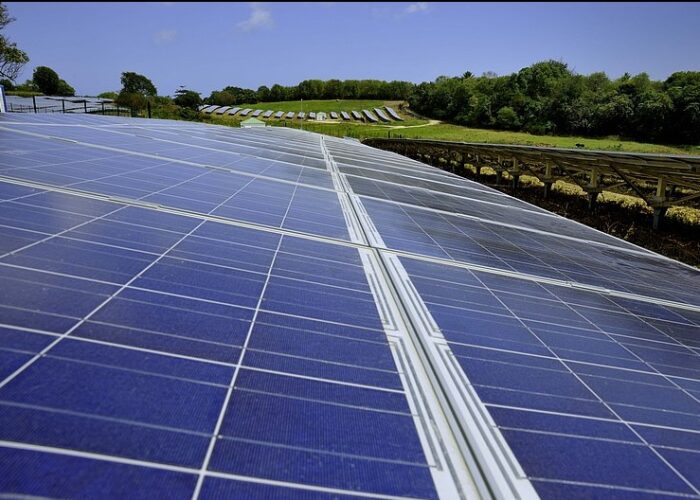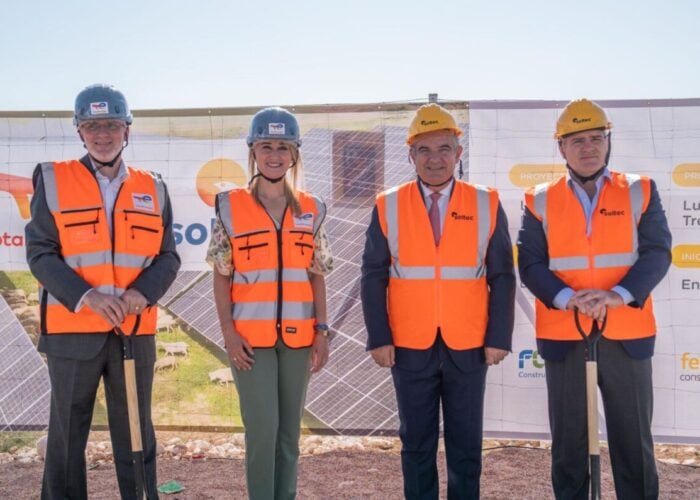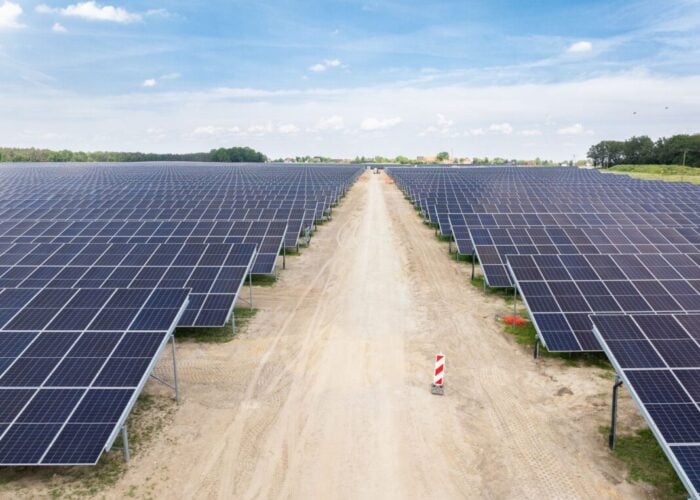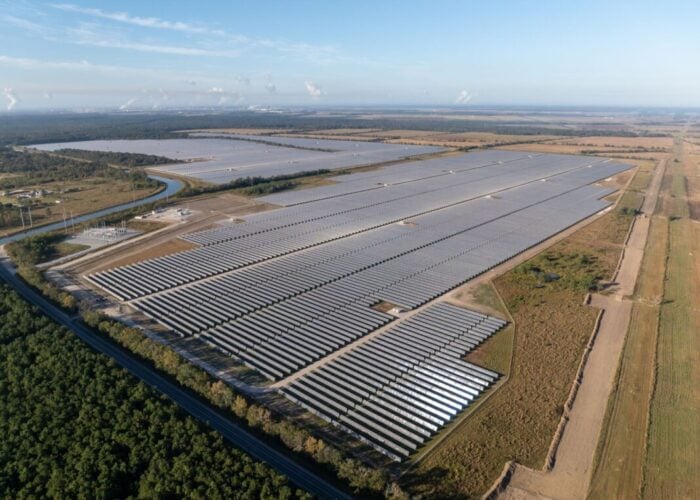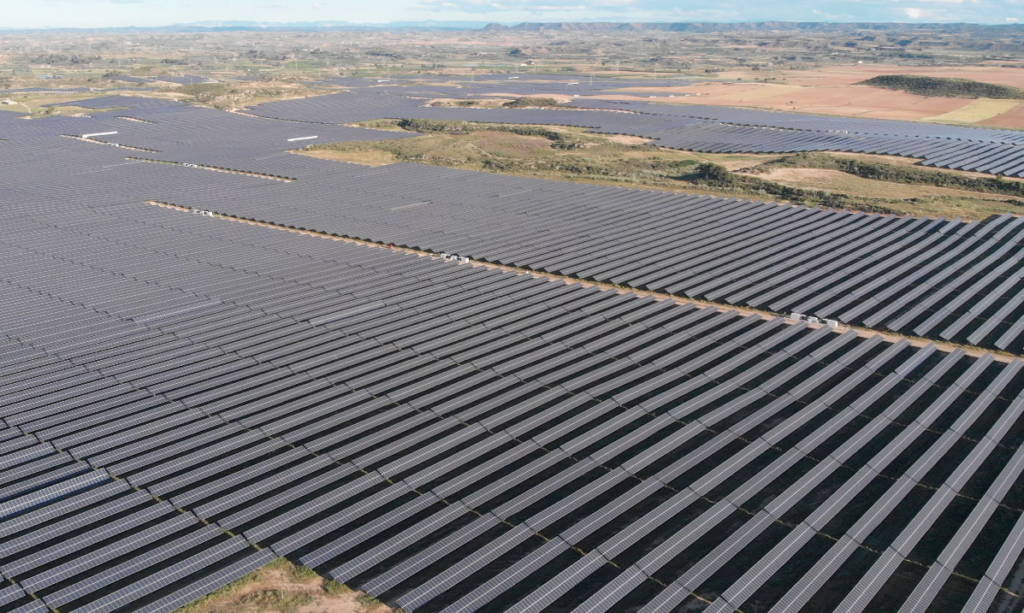
Solar tracker manufacturer and project developer Soltec has created a new asset management unit to mitigate risks in the value chain, as it continues efforts to overcome supply headwinds.
The Spanish company revealed last month it aims to secure additional revenue flow from the sale of energy as it plans to gradually transition to an independent power producer (IPP) model.
Unlock unlimited access for 12 whole months of distinctive global analysis
Photovoltaics International is now included.
- Regular insight and analysis of the industry’s biggest developments
- In-depth interviews with the industry’s leading figures
- Unlimited digital access to the PV Tech Power journal catalogue
- Unlimited digital access to the Photovoltaics International journal catalogue
- Access to more than 1,000 technical papers
- Discounts on Solar Media’s portfolio of events, in-person and virtual
The new division, dubbed Soltec Asset Management, “will enable the company to differentiate itself from its competitors and maximise the value” of its solar projects, the firm said.
While Soltec already sells some of its trackers to its project development business, Powertis, it is now going a step further with its vertical integration strategy to operate some completed plants. The asset management unit will operate more than 1GW of solar by 2025, generating annual revenues of €30 – 40 million (US$32.2 – 42.9 million).
“If you’re vertically integrated, the good thing is that if there’s a disruption in the price of the steel it’s going to affect the business of the tracker, but not the promotion [business] because the solar plants are going to be promoted anyway,” said Eduardo de San Nicolás, chief strategy officer at Soltec.
As well as securing another recurrent source of income, the company aims to benefit from its wide geographical presence and diversification.
De San Nicolás pointed to Mexico, where the current political situation has led to uncertainty for solar developers. “But if you have people in Mexico that are well trained, they have the know-how, then you can use them for the US,” he said. “We are running part of our business in the US from Mexico… You have that flexibility in the business, and that’s the main point why we are vertically integrated.”
Soltec posted revenues of €346.5 million in 2021, a 47% jump year-on-year, as it supplied 3.4GW of trackers, a new high.
Nonetheless, it has been impacted by supply chain disruptions that have resulted in delayed tracker shipments to some solar projects, according to de San Nicolás, who said the company has been working for two years to redesign the electronics in its trackers so it can use a different variety of chips.
Supply issues have also been noted in recent months by other tracker manufacturers, with Array Technologies posting a slight year-on-year revenue decline in 2021 as a result of increased lead times for deliveries caused by supply chain and logistics tightness. The company has used parts that are more expensive but faster to project sites to meet customer delivery schedules.
Nextracker, meanwhile, has responded to global supply disruptions by commissioning new manufacturing facilities in Texas and Arizona in recent months.
Supply chain problems “affect all of us”, said de San Nicolás, adding that alongside redesigning electronics, Soltec has looked to diversify the geographies from which it purchases components while also manufacture as close as possible to projects where its trackers will be deployed.
This year has also seen Soltec progress with its ‘ecovoltaics’ strategy, a concept created by the company in 2021 to promote the development, construction and operation of more sustainable solar projects.
Based on four main pillars – biodiversity enhancement, circular economy, socioeconomic factors and carbon emissions offsetting – ‘ecovoltaics’ covers the United Nations’ 17 Sustainable Development Goals.
“It means that when we build a solar plant, we design it in order to cover one by one and comply with every one of the objectives,” said de San Nicolás. “Ecovoltaics is something we created, we developed for ourselves, but we want it to be extended to the rest of the solar sector so that every solar plant in the world is built that way.”

